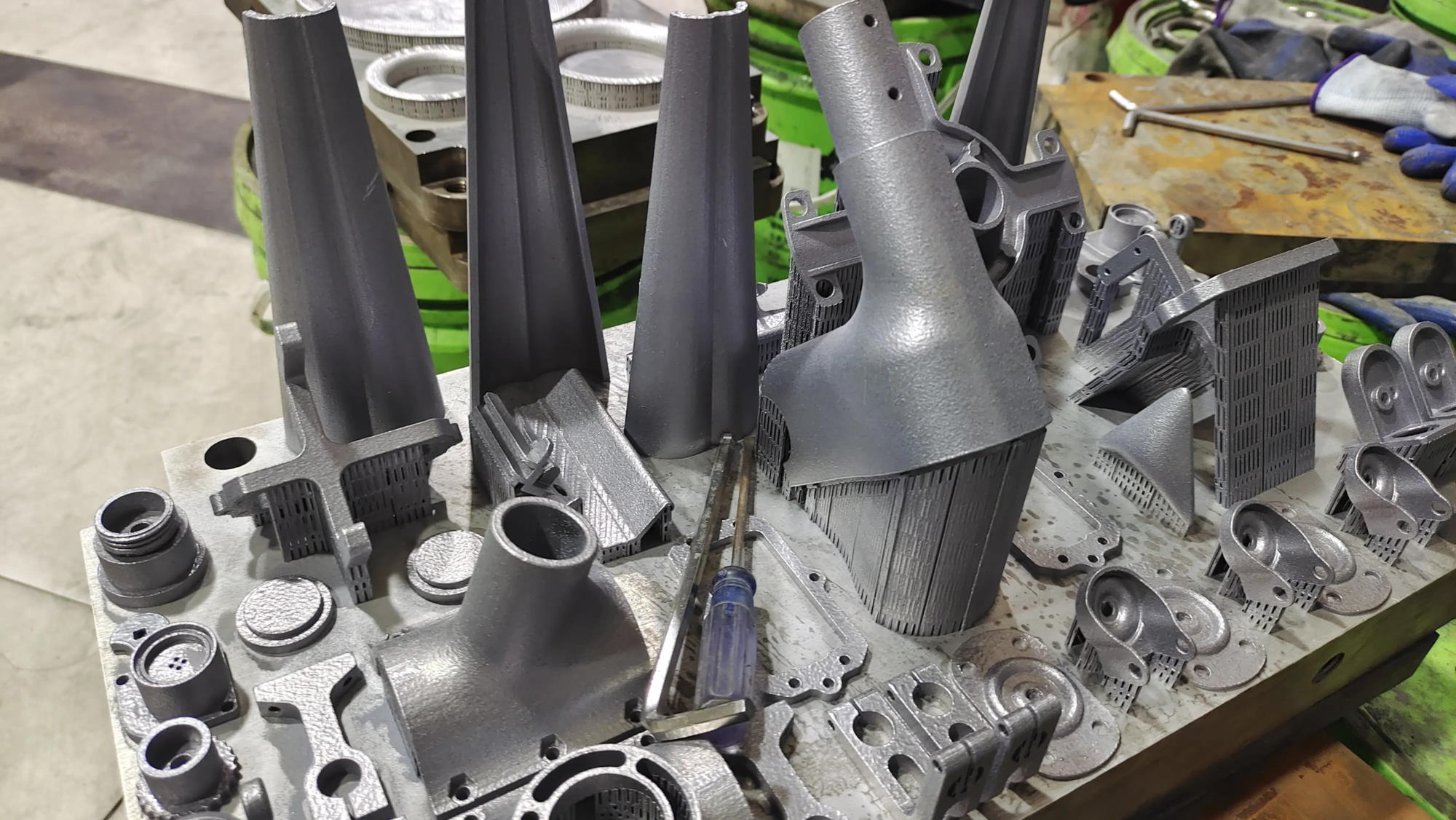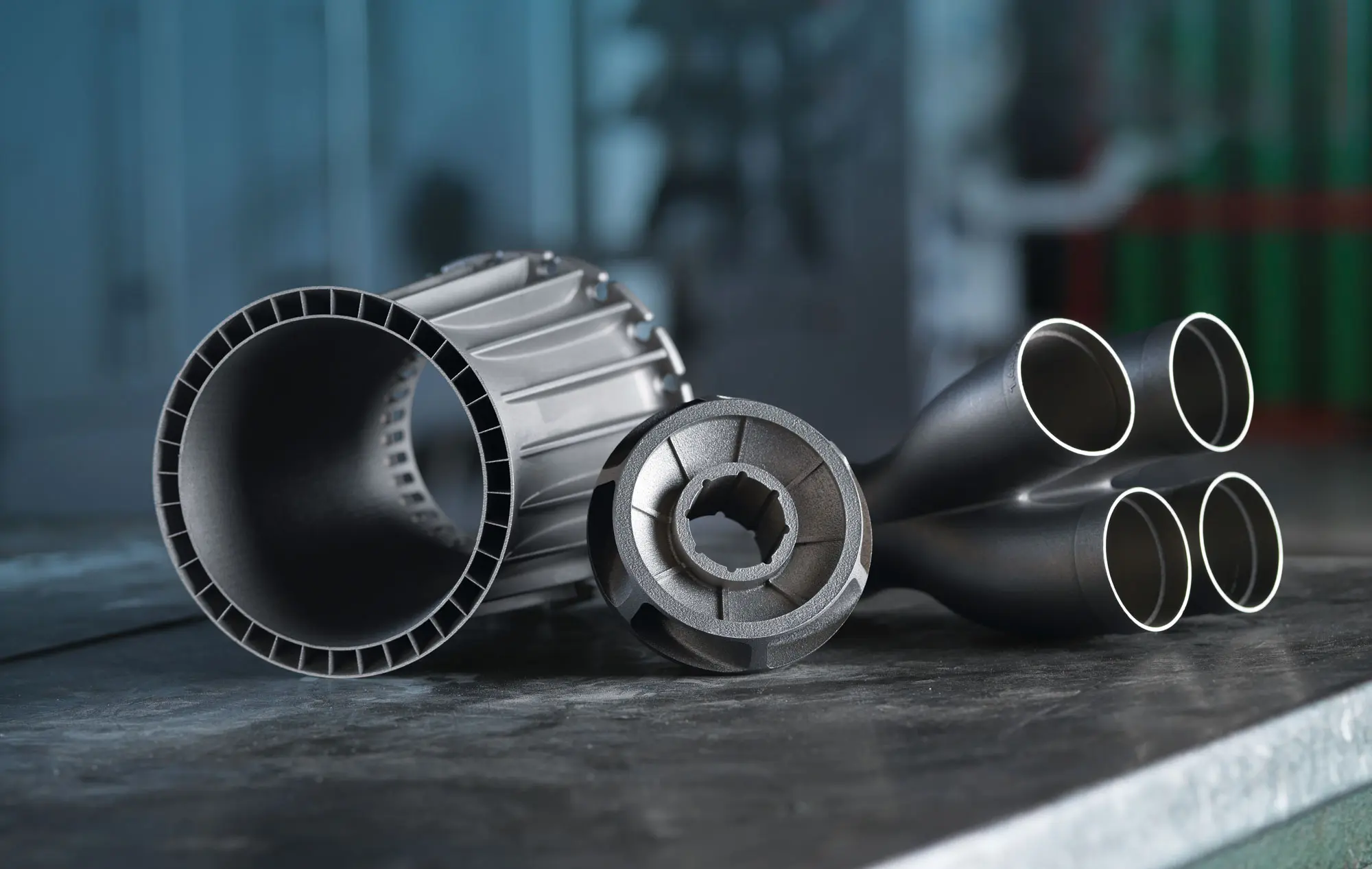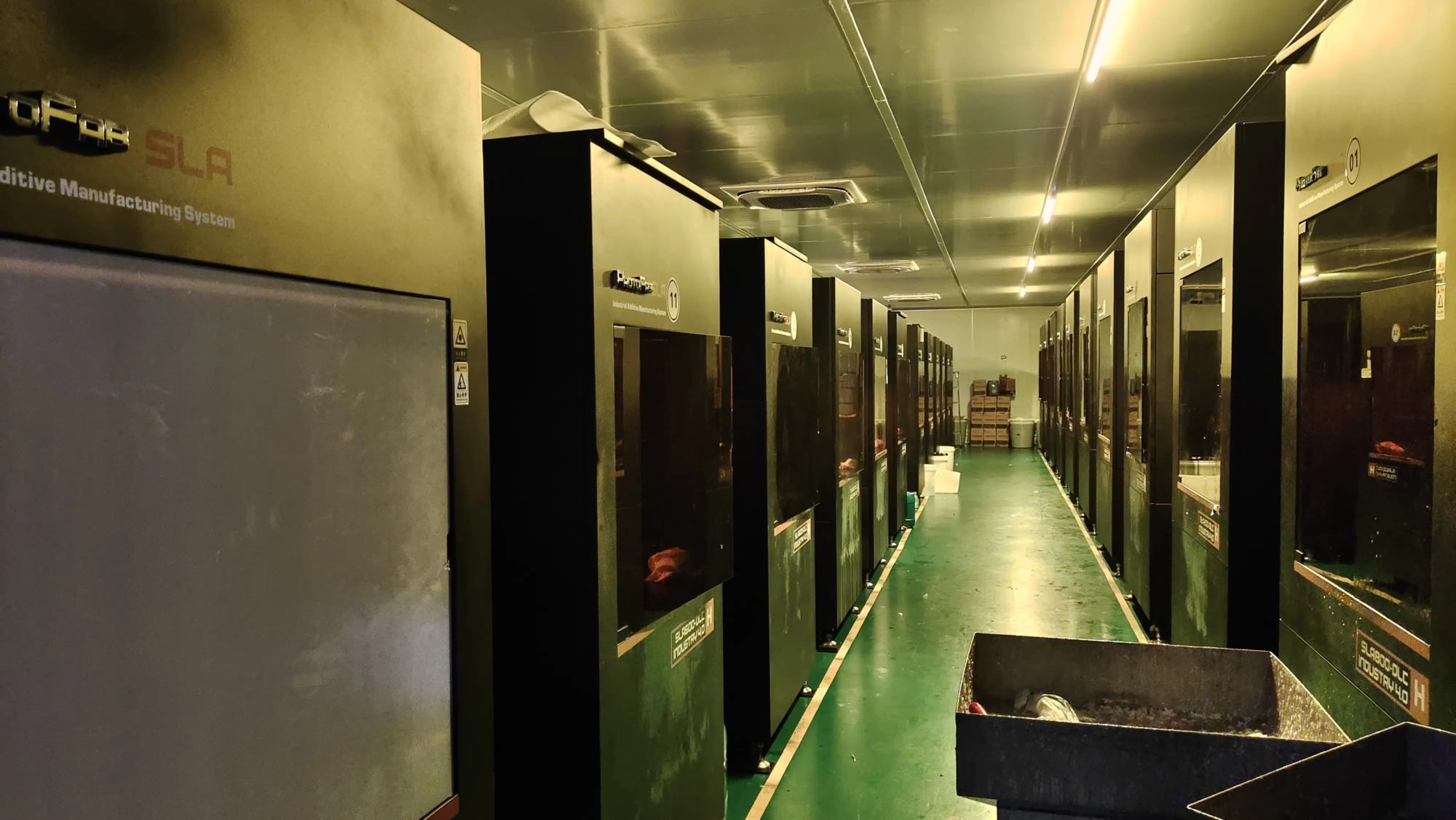The final guide to 3D printing custom air pump adapters
Have you ever had an urgent need to connect an air pump to an application but found that the existing adapter was simply not suitable? Whether you are working in a DIY project, dedicated equipment or repair work, mismatched accessories can put everything in a slump. This is where the power of 3D printing really shines. Creating a custom air pump adapter tailored to your exact specifications is no longer a dream dream, it is an accessible reality. At Greatlight, we specialize in turning complex prototype challenges like this into elegant and simple solutions made with advanced additives.
Why 3D printing dominates the highest custom air pump adapter
Traditional manufacturing methods (such as processing of disposable adapters) are expensive, time-consuming, and often wasteful. 3D printing eliminates these obstacles:
- Perfect and suitable guarantee: Design an adapter that matches unique wire, diameter, angle and sealed surface Both Your pumps and applications.
- Cost-effective customization: Pay only for the materials you use. Even for complex geometric shapes, no expensive molds or tools are required.
- Unrivaled speed: From digital design to digital adapters for days rather than weeks.
- No fine complexity: Combined with internal channels, multi-angle ports, integrated flanges or reinforced ribs without increasing manufacturing difficulty.
Design an air pump adapter for 3D printing success
The journey begins with your CAD software. This is why you need to pay attention to it carefully:
Accurate dimensions and tolerance: Microns are important.
- Thread: Model thread types (NPT, BSP, metrics, UNF), pitch, lead and diameter accurately. Use the CAD library as standard.
- Sealing surface: If the flush surface is not enough, design the grooves of the gears or custom washer. Ensure the smoothness of the compression seal is standardized.
- Fitting interface: Perfectly replicate the mating geometry of the pump nozzle and target port. If possible, include cross-sectional views or reference parts.
Pressure and flow optimization:
- Wall thickness: Balance strength and weight. Avoid over-thin walls (risk of blowout) or thick walls (heavy, wasteful). Analyze the pressure points. Usually, at common air pressure, the metal has a 1.5mm+ wall.
- Internal channels: Avoid sharp turns; use fish fillets (curved edges) to reduce turbulence and pressure drop. Keep the channel smooth (especially important for post-processing).
- support: Designing overhangs greater than 45 degrees can minimize complex support structures if printed via SLM/SLS. Consider splitting the design where possible to print more easily.
- Strength and durability considerations:
- Pressure point: Determine potential bending/shear points and increase reinforcement (ribs, increased cross-sectional modulus).
- Material characteristics: Factors of tensile strength and fatigue resistance of the material relative to operating pressure and vibration.
Choose the perfect material
The right material is crucial to safety, life and performance:
- Stainless steel (316L, 17-4 pH): Gold standard for robustness, high pressure (easy handling of over 100 PSIs), chemical resistance (oil, water vapor) and heat. Ideal for demanding industrial or automotive use. ((Greglight Professional: SLM!)
- Titanium (Ti64): Final strength to weight ratio. Ideal for aerospace, medical or weight-sensitive portable devices, where corrosion resistance is critical. Strongly handle high pressure.
- Aluminum alloy (ALSI10MG): Weight is higher than steel/titanium, good thermal conductivity and lighter corrosion resistance. Suitable for medium pressure systems (e.g., HVAC test drilling rigs, equipment calibration). ((Greglight Professional: SLM)
- Engineering Plastics (Nylon, PA12-SLS): Suitable for low voltage applications (<50 psi), rapid prototypes, or situations where electrical insulation or noise suppression is required. Not suitable for permanent high stress use.
Gremight Precision SLM Printing Advantages
Unlike the common FFF/FFF/FDM (filament) printing used for home prototypes, Greatlight uses industrial-grade selective laser melting (SLM) For metal printing:
- Full density metal parts: SLM uses a high-power laser to fuse metal powder particles into a layer, creating components with strength and density equal to or exceed traditionally cast metal.
- Unrivaled details and accuracy: Perfect for the complex threads and precise sealing surfaces required for air adapters (feature resolution of <0.1mm can be achieved).
- Material integrity: Precise laser control with high-quality mechanical properties and grain structure.
- Complexity Acceptance: Effortlessly generates the complex internal geometry that is usually required to optimize air flow without additional assembly.
Mission Critical: Post-processing of the Perfect Adapter
RAW 3D printing requires refinement to operate perfectly as an air adapter:
- Support removal: Carefully remove the dedicated support structures attached during the SLM printing process.
- Surface finish: ((Greatlight’s one-stop service)
- smooth: Techniques such as gravel blasting, tumbling or hand polishing improve the finish.
- Threading: Key steps! CNC machining of printed wires (especially for NPT/BSP tapered wires) ensures perfect seal engagement and tolerance.
- Coating/Golding: Add sealing barriers to plastic materials (such as nickel plating) or enhance chemical resistance on metals.
- seal: If desired, apply Loctite sealant within the wire or O-ring groove.
- Heat treatment: (For steel) Relieve internal stress and enhance mechanical properties by relieving or aging.
- Quality Control: Size Verification (CMM), Pressure Test (Hydrostatic/pneumatic Leak Test), Visual Inspection.
Testing: Ensure reliability and safety
Never skip the test:
- Dimension verification: Confirm the critical dimensions, especially the thread pitch and mating interface. (caliper, wire mesh, CMM).
- Sealing and Leak Testing: Make the adapter’s pressure exceed its expected operating pressure (e.g. 1.5 times) to detect leakage. Air can be used under water, pressure gauge or automatic leakage detector.
- Functional test: Install the adapter into the actual system and apply operating pressure/vibration. Monitor any degradation over time.
Conclusion: Breathe easily with custom precision
Creating custom air pump adapters with 3D printing is a paradigm move that turns frustrating compatibility challenges into streamlined, efficient solutions. By leveraging advanced SLM printing and expert post-processing, complex, robust and perfect adapters are not only feasible, but also cost-effective and fast production. At Greatlight, we don’t just print parts. We designed the solution. Our expertise in the metal additive manufacturing industry, coupled with comprehensive interior decoration and strict testing protocols, ensures that your custom air pump adapter performs reliably and reliably under pressure. Stop fighting off the mismatch that is ready to go. Work with Precision and Greatlight.
FAQ: Your Air Pump Adapter Questions have been answered
Q: What pressure can a 3D printed metal air pump adapter do?
- one: It depends to a lot on the material and design. When properly designed, SLM-printed stainless steel or titanium adapters can easily handle pressures over 100 psi (and usually higher). Nylon adapters are best suited for pressures below 50 psi. Always perform stress tests and combine safety factors!
Q: Can you print NPT or BSPT threads directly, or do you need to process them?
- one: SLM printing can create threads sheetthe surface surface and precise resistance of the Achievable Tapered Tube Thread (NPT, BSPT) often makes post-print CNC machining essential for leak seals. Greatlime includes precise threading as the core part of our critical adapter completion service.
Q: How long does it take to get a custom 3D printed air pump adapter from Greatlight?
- one: Turnover time varies according to complexity and material, but is faster than traditional methods. We can usually provide complex SLM printing and finished metal adapters within 5-10 working days after design approval. Simpler designs or plastic parts are even faster.
Q: Are 3D printed (especially metal) adapters durable for long-term use?
- one: Absolutely. SLM-printed metal adapters, which utilize materials such as stainless steel 316L or titanium 64 (TI6AL4V) and are properly completed (including heat treatment), have excellent fatigue resistance and a lifespan comparable to mechanically processed or cast parts. They are ideal for demanding, permanent applications.
- Q: I have a plastic pump accessories. Should I also print a metal adapter?
- one: not necessarily. While metal has excellent strength and heat resistance, it can be too killer and heavy. Printed engineering plastics (such as PA12 via SLS) can be a perfect, lightweight solution for lower pressure applications or scenarios that require electrical insulation or chemical compatibility with specific plastics. Greglight offers metal and high-performance polymer solutions.
Ready to solve the air connection challenge with Precision 3D printing? Contact Greatlight today for a quick quote about your custom air pump adapter project!





